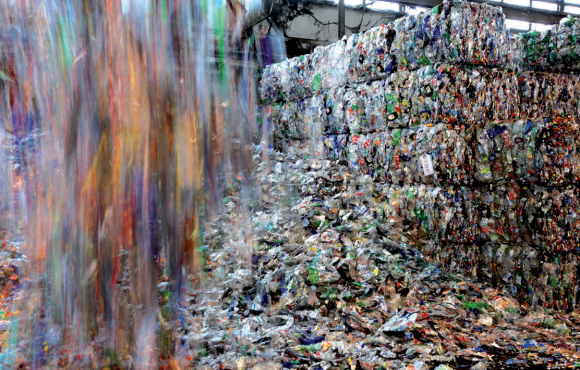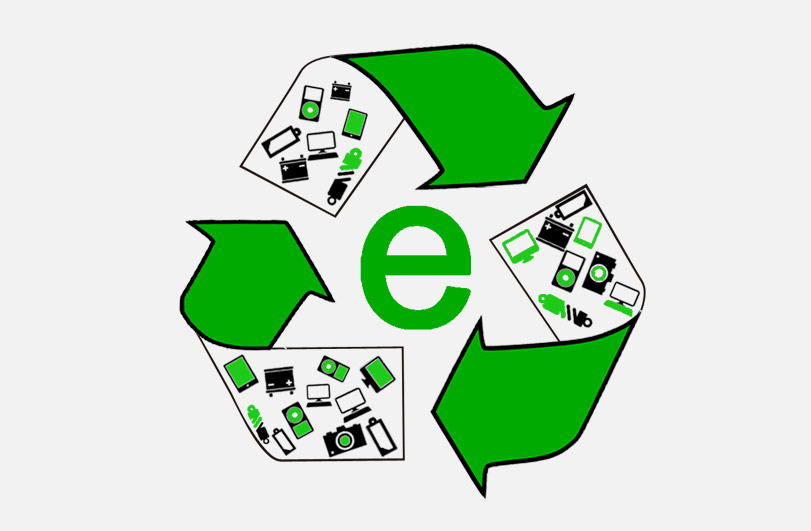The rapidity at which India is expanding and urbanising, it is time to press the pedal on turning municipal waste to energy, dovetailed with the National Green Hydrogen Mission.
In India, unsustainable garbage management affects living spaces for most cities. According to the World Bank, over 90% of waste in low-income countries is disposed of in dumps or is burned unchecked. Such activities have major effects on people’s health and the environment. We need to recognise the need for an effective and efficient garbage collection mechanism for solid waste management.
According to the Annual Report 2020-21 on Implementation of Solid Waste Management Rules, 2016, the total quantity of solid waste generated in the country is 160038.9 tonnes per day (TPD) of which 79956.3 TPD (about 50%) of waste is treated, 29427.2 (18.4%) TPD is landfilled, and 50655.4 TPD which is 31.7% of the total waste generated remains un-accounted.
This is where India’s recently announced National Green Hydrogen Mission can play a very significant role, by creating the appropriate conditions for triggering a sustained move towards turning solid waste to energy in technologically and commercially efficient ways.
On August 15, 2021, delivering the Independence Day speech, Prime Minister Narendra Modi had announced the government’s intent and plans to turn India into a global hub for green hydrogen. On January 4, 2023, the Union Cabinet, chaired by Prime Minister Modi, approved the National Green Hydrogen Mission (NGHM), with an initial outlay of ₹19,744 crore. This Mission (NGHM) by the Government of India is a welcome and much needed step to make India a global hub for producing and exporting green hydrogen. Such a step will bring the focus on identifying and developing alternative energy sources, mainly green and clean sources that do not harm the environment. The recently presented Union Budget for 2023-24 has set a target to reach an annual production of 5 MMT by 2030.
Using waste to produce hydrogen can be captured and used as a clean fuel instead of being released into the atmosphere. Additionally, using waste as a feedstock for hydrogen production can help reduce the amount of waste in landfills. It will reduce the environmental impact of waste disposal and minimise the adverse effects of waste on the environment. TheGreenBillions is already working with state municipalities to set up plants to convert waste into clean and green hydrogen.
TheGreenBillions have collaborated with Pune Municipal Corporation (PMC) to finance, manage and plan a solid waste treatment plant for the next 30 years. The project aims at extracting clean and sustainable fuel from municipal solid waste. The refuse derived fuel (RDF) from the waste will be later utilised to generate hydrogen using plasma gasification technology. The technology has been developed while closely working with the Bhabha Atomic Research Institute (BARC) and the Indian Institute of Science, Bengaluru.
Solid waste generation is a function of economic growth. By most measures, India should remain among the fastest growing economies in the world over the next 10-15 years. The pace of urbanisation will be a necessary by-product of this economic expansion, which, in turn, will bring along the challenges of solid waste management.
According to the World Bank, India currently generates 0.57 kg of solid waste per capita. South Asia, as a region, generates 0.52 kg per capita. This is set to grow to 0.79 kg per capita by 2050, reinforcing the argument for creating a robust municipal waste-to-energy architecture. Energy from waste, in itself, is not a new idea. But, given the rapidity at which India is expanding and urbanising, it is time to press the pedal on this dovetailed with the National Green Hydrogen Mission.





